
For as long as I can remember, cinema has always helped me feel mirrored by a memory, by some feeling I was having in a present that is now the past. It's more than interesting seeing how these feelings and thoughts fluctuate with the passage of time and, subtly and almost unnoticeably, shape our psyche with it, challenging what we believe is morally and ethically correct. Coming to my senses, I realize that what actually surprises me the most nowadays is clearly observing that cinema, apart from my family, has always been the one to accompany me in this process.
If my fourteen-year-old self would have watched the movie I'm about to comment on in the following paragraphs—and that I just finished a few minutes ago—he would probably have erased it from his memory practically straight away. And I'm not saying I was someone else back then. Well, actually, I kind of was. I simply didn't have the knowledge nor tools I gained from different experiences, my common sense regarding the subject was pretty poor even though I always considered myself—maybe without even knowing it—a person who respected all life forms, but like 99% of teenagers, my goals and objectives were set somewhere else.
The title I'm referring to is Flow, the surprising and well-deserved Golden Globe winner for Best Animated Feature Film, which was directed by the practically unknown Latvian filmmaker Gints Zilbalodis. This is simply a beautiful masterpiece that—as a fun fact to add to its enduring brilliance—was created with the well-known free rendering program Blender. This simultaneously simple and complex odyssey about a cat surviving a huge flood after human extinction is one of those experiences that trascends times and cultures, that is defined by its gratifying simplicity but that can also be interpreted in many ways since it reveals so much from different perspectives. Meaning, the movie lays bare the great power of subjectivity.

A CAT AS A REFLECTION OF HUMANITY
Unlike many "post-apocalyptic" movies, Flow doesn't state the reasons why humanity could have been extinguished. There are a few traces of civilization, like a carpenter's house who was so obsessed with cats that he had placed different wooden cat sculptures in his green surroundings—with one being particularly big without a clear reason for it. In addition, there are also small and medium-size boats around and, in the end, we can see the golden ruins of an ancient city like Atlantis that come up to the surface. Ultimately, I rather not need arguments that justify how humanity reached its end. We have been passing though this planet for just 115,000 thousand years, which is a huge difference in comparison to dinosaurs that lived together for thousands of millions of years.
The protagonist—whose indeterminate gender actually doesn't matter—is a cat. A solitary cat that, during the movie's first scene, sees itself reflected in a puddle, as if trying to understand its purpose. We don't exactly know how much time has passed since humanity stopped being the dominant species on the planet, but there are signs exhibiting different natural disasters. Our cat, which we will name Flow, strolls through its surroundings and tries to make a place for itself, knowing its limitations and nature. Zilbalodis lets animals simply be animals, he doesn't romanticize them nor gives them a sense of "humanity," yet he does put us in the fur of an animal we can easily empathize with during these times. Yes, the protagonist could have been the Labrador the cat befriends or any other animal that will later be part of the future pack to be formed. Nonetheless, in my opinion, Flow made me feel something no other could have. Maybe because I'm surrounded by three cats while writing this.

NOAH'S ARK… MINUS NOAH
During the movie's first ten minutes, the director establishes topics that place us in the correct time and space with shocking naturality: she subtly manages certain relationships the cat may have with other animals in the future, establishes the drama of its own existence and presents the conflict that will end up joining our protagonists. As every cat, Flow is distrustful of others, but pretty confident. After the cat survives being chased by several dogs—with one already showing signs of innocence towards him—and a deer stampede, the region is fiercely struck by a flood without the previous warning any movie—or real life—character wishes to get. The camera places us there, next to the cat, to feel its fear and despair. Flow can die at any time, and that's what differentiates the movie from other animations of the same style: the story's rawness.
The distance the protagonist keeps from the rest of the animals gradually disappears: the cat understands that many times you must trust to survive. During the development of that bond with the outside, the cat jumps into a symbolic "ark"—that is actually a sailboat—with just a capybara on it. Later, a lemur, a secretary bird and a Labrador also get on the boat. The journey, which adopts its natural course due to the flood's affluents, seems to be destined by the majestic and inexplicable ecological balance. Flow suffers the most from the consequences of being present at that moment of the story. It falls overboard several times trying to find the way back and is also captured by a bird as food for its flock. Nonetheless, through cycles of connection, disconnection and reconnection, the cat begins to understand its place and purpose on this planet.

But what does this story say about us? Why did we come to this planet? Paradoxically, the question has existed since we have and, even though we haven't been able to answer it in—almost—all our existence on Earth, Flow tries to do so with a disarming warmness, with the sole purpose of attempting to reshape us. In the end, our friends look at their reflections in a puddle after witnessing a whale's death, almost like mirroring the movie's first seconds. They stuck together and have learned more lessons in a couple of days than in their whole lives. There's no more tension in that small watery space; calmness is here, even if only for a while. When the credits started rolling, I asked myself: When did we let humanity be left in others' hands? When did this happen?

Posted on FEBRUARY 3, 2024, 1:48 AM | UTC-GMT -3
If you liked this article remember to give it a 👉 LIKE, put it in your FAVORITES, COMMENT 🗣️ , and FOLLOW ME for more movie and series content 📽















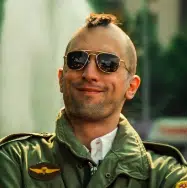




























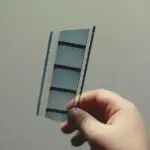



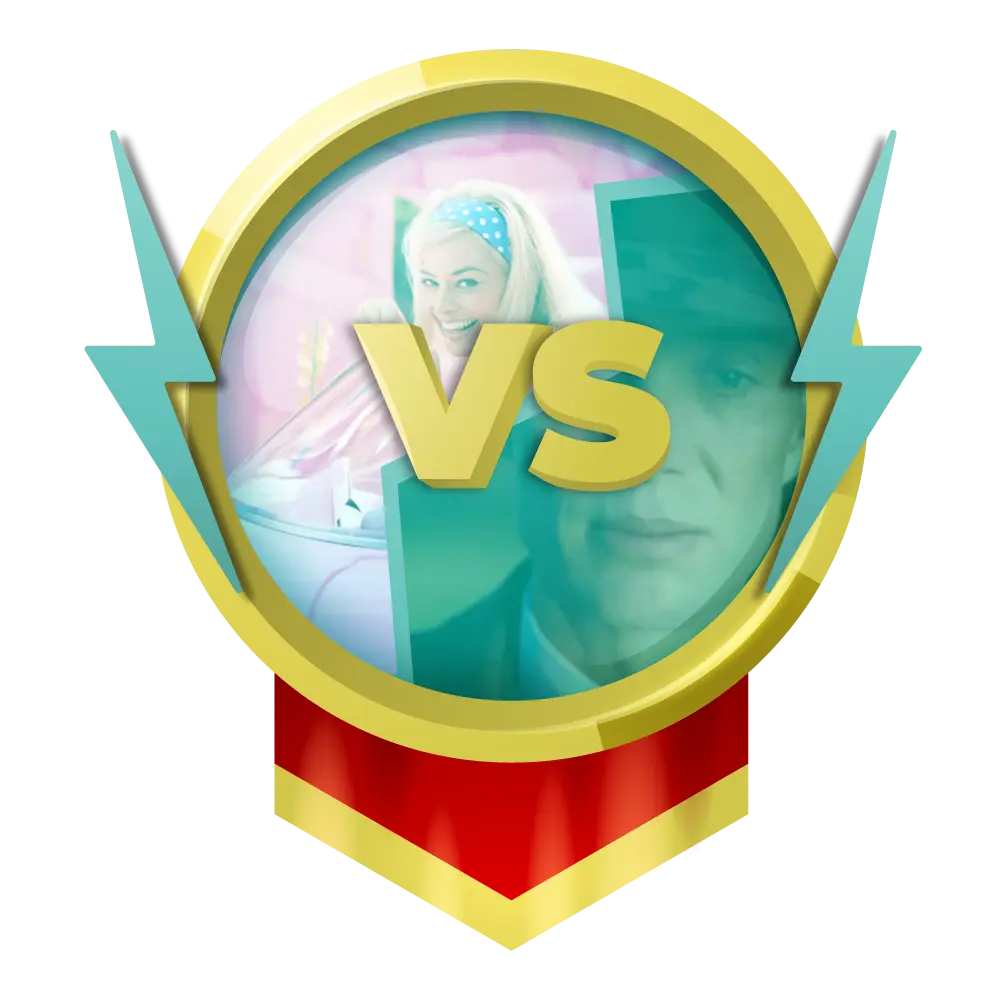

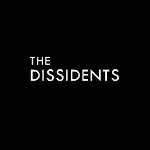
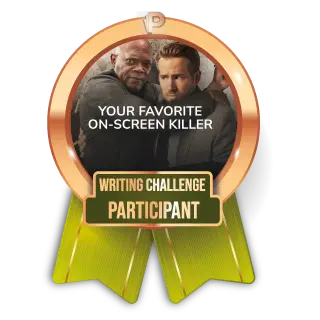


View replies 1
View replies 1
View replies 1